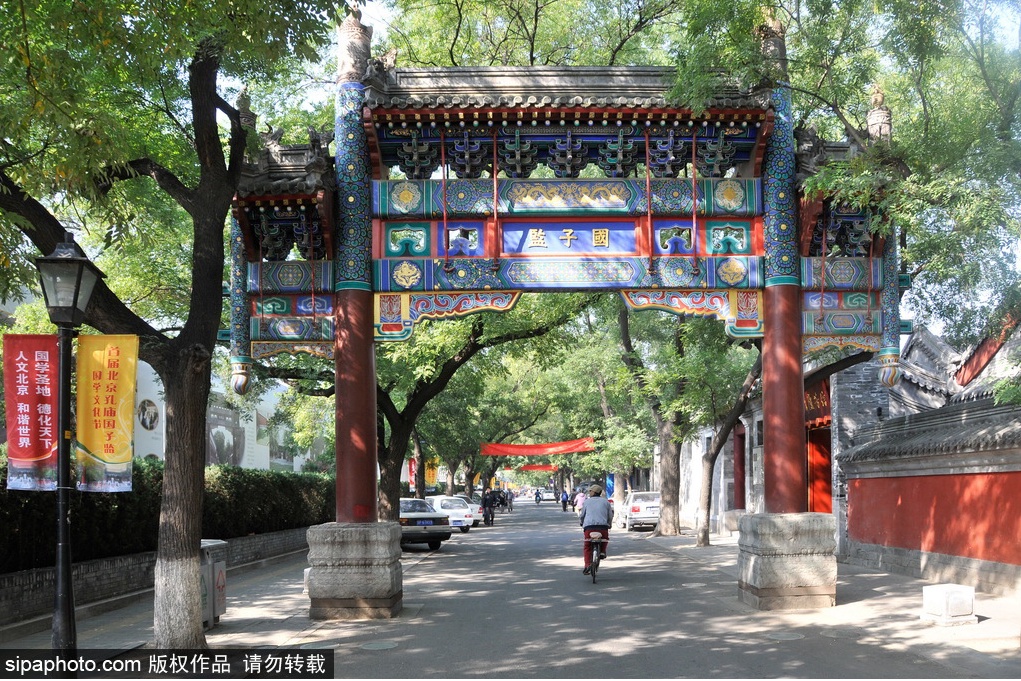Guozijian, the Imperial College, was founded in Yuan Dynasty in the 13th century. With a history of over 700 years, Guozijian was the state administrative organization of education and the highest educational institution in the Yuan, Ming, and Qing Dynasties. Guozijian was the national central institution of learning in ancient times, receiving great attention from the previous governments. It was extensively renovated for many times, especially during the reign of Yongle, and Zhengtong in Ming Dynasty. The scale and pattern of Guozijian was expanded to what it is now since “Biyong”, the hall where emperors gave lectures, was established during the reign of Qianlong in the Qing Dynasty. The ancient Chinese academy is still well-preserved owing to several repairs during the period of the Republic of China and after the establishment of People's Republic of China.

In 1961, the State Council published the first batch of Major Historical and Cultural Sites Protected at the National Level and Guozijian was in the list. There are three large courtyards in the north-south quadrangle that covers an area of over 27,000 square meters. On the central axis successively stand Jixian Gate, Taixue Gate, Glazed Archway, Biyong, Yilun Hall and Jingyi Pavilion from the south to north.
On the two sides of the main building lie two halls, six suites, Yubei Pavilion, Bell and Drum Towers and others, forming a traditional symmetric pattern. Guozijian is connected with Confucian Temple through Chijing Gate on the east side of the front courtyard. This college enrolled students across the country, including ethnic minority students from remote and border areas. At that time, Guozijian was also the only college in China that receives overseas students from Ryukyu Kingdom, Japan, Korea, Vietnam, Thailand, Russia and other countries. It played a significantly positive role in cultivating students of all ethnic groups and promoting Sino-foreign cultural exchanges.




